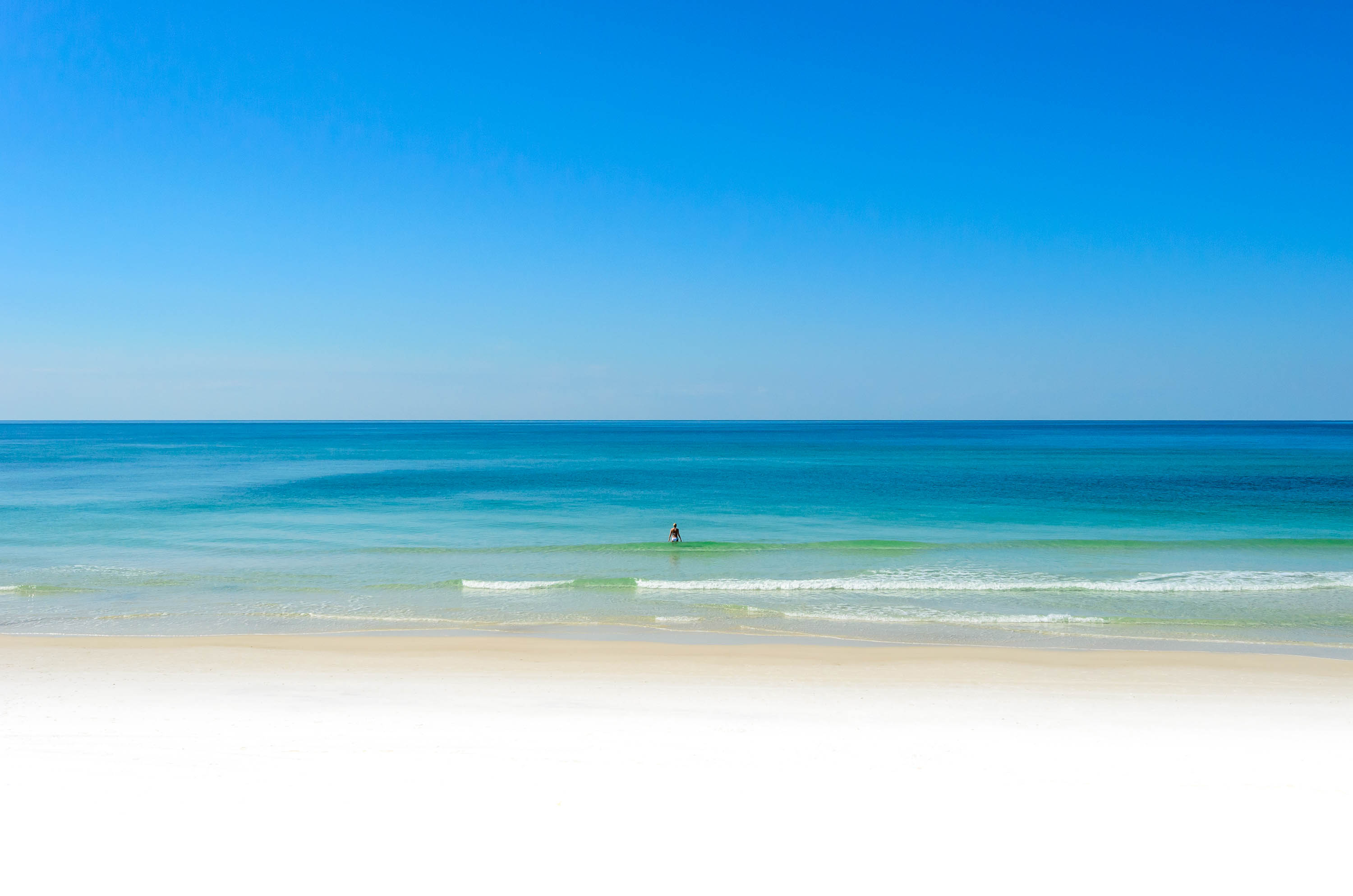the updated April extended range forecast for 2006 season:
(the next forecast will be May 31.)
http://hurricane.atmos.colostate.edu/Forecasts/2006/april2006/
EXTENDED RANGE FORECAST OF ATLANTIC SEASONAL HURRICANE ACTIVITY AND U.S. LANDFALL STRIKE PROBABILITY FOR 2006
We continue to foresee another very active Atlantic basin tropical cyclone season in 2006. *Landfall probabilities for the 2006 hurricane season are well above their long-period averages.
(as of 4 April 2006)
By Philip J. Klotzbach [1] and William M. Gray [2]
*with special assistance from William Thorson [3]
*This forecast as well as past forecasts and verifications are available via the World Wide Web at
http://hurricane.atmos.colostate.edu/Forecasts
PROBABILITIES FOR AT LEAST ONE MAJOR (CATEGORY 3-4-5) HURRICANE LANDFALL ON EACH OF THE FOLLOWING COASTAL AREAS:
1) ***** Entire U.S. coastline - 81% (average for last century is 52%)
*2) ***** U.S. East Coast Including Peninsula Florida - 64% (average for last century is 31%)
*3) ***** Gulf Coast from the Florida Panhandle westward to Brownsville - 47% (average for last century is 30%)
4) **Above-average major hurricane landfall risk in the Caribbean
ABSTRACT
Information obtained through March 2006 continues to indicate that the 2006 Atlantic hurricane season will be much more active than the average 1950-2000 season. *We estimate that 2006 will have about 9 hurricanes (average is 5.9), 17 named storms (average is 9.6), 85 named storm days (average is 49.1), 45 hurricane days (average is 24.5), 5 intense (Category 3-4-5) hurricanes (average is 2.3) and 13 intense hurricane days (average is 5.0). *The probability of U.S. major hurricane landfall is estimated to be about 55 percent above the long-period average. *We expect Atlantic basin Net Tropical Cyclone (NTC) activity in 2006 to be about 195 percent of the long-term average.
Discussion
There is no physical basis for assuming that global hurricane intensity or frequency is necessarily related to global mean surface temperature changes of less than ? 0.5 oC. *As the ocean surface warms, so too does global upper air temperatures to maintain conditionally unstable lapse-rates and global rainfall rates at their required values. *Seasonal and monthly variations of sea surface temperature (SST) within individual storm basins show only very low correlations with monthly, seasonal, and yearly variations of hurricane activity. *Other factors such as tropospheric vertical wind shear, surface pressure, low level vorticity, mid-level moisture, etc. play more dominant roles in explaining hurricane variability than do surface temperatures. *
Although there has been a general global warming over the last 30 years and particularly over the last 10 years, the SST increases in the individual tropical cyclone basins have been smaller than the overall global warming (about half) and, according to the observations, have not brought about any significant increases in global major tropical cyclones except for the Atlantic which as has been discussed, has multi-decadal oscillations driven primarily by changes in Atlantic salinity. *** No credible observational evidence is available or likely will be available in the next few decades which will be able to directly associate global surface temperature change to changes in global hurricane frequency and intensity. *
*
Most Southeast coastal residents probably do not know how fortunate they had been in the prior 38-year period (1966-2003) leading up to 2004-2005 when there were only 17 major hurricanes (0.45/year) that crossed the U.S. coastline. *In the prior 40-year period of 1926-1965, there were 36 major hurricanes (0.90/year or twice as many) that made U.S. landfall. *It is understandable that coastal residents were not prepared for the great upsurge in landfalling major hurricanes in 2004-2005.
*
We should interpret the last two years of unusually large numbers of U.S. landfalling hurricanes as natural but very low probability years. ** During 1966-2003, U.S. hurricane landfall numbers were substantially below the long-term average. *In the last two seasons, they have been much above the long-term average. *Although the 2004 and 2005 hurricane seasons have had an unusually high number of major landfall events, the overall Atlantic basin hurricane activity has not been much more active than five of the recent hurricane seasons since 1995 (e.g., 1995-1996, 1998-1999, 2003). *What has made the 2004-2005 seasons so unusually destructive is the higher percent of major hurricanes which moved over the U.S. coastline. *These landfall events were not primarily a function of the overall Atlantic basin net major hurricane numbers, but rather of the favorable broad-scale Atlantic upper-air steering currents which were present the last two seasons. *It was these favorable Atlantic steering currents which caused so many of the major hurricanes which formed to come ashore. *
Please visit our website at
http://www.e-transit.org/hurricane
for landfall probabilities for 11 U.S. coastal regions, 55 subregions and 205 coastal and near-coastal counties from Brownsville ,Texas
to Eastport ,Maine .
Table 9: Estimated probability (expressed in percent) of one or more U.S. landfalling tropical storms (TS), category 1-2 hurricanes (HUR), category 3-4-5 hurricanes, and total hurricanes and named storms along the entire U.S. coastline, along the Gulf Coast (Regions 1-4), and along the Florida Peninsula and the East Coast (Regions 5-11) for 2006. *The long-term mean annual probability of one or more landfalling systems during the 20 th century is given in parentheses. *
*
Coastal Category Category
Region TS 1-2 3-4-5 All Named
Entire U.S.
(Rgns 1-11) 91%(80%) 88%(68%) 81%(52%) 98%(84%) 99%(97%)
Gulf Coast
(Regions 1-4) 74%(59%) 61%(42%) 47%(30%) 79%(61%) 95%(83%)
Florida plus
East Coast
(Regions 5-11) 64%(51%) 69%(45%) 64%(31%) 89%(62%) 96%(81%)
Even though we expect to see the current active period of Atlantic major hurricane activity to continue for another 15-20 years, it is statistically unlikely that the coming 2006 and 2007 hurricane seasons, or the seasons which follow, will have the number of major hurricane U.S. landfall events as we have seen in 2004-2005.















